





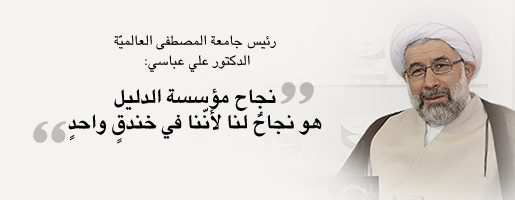



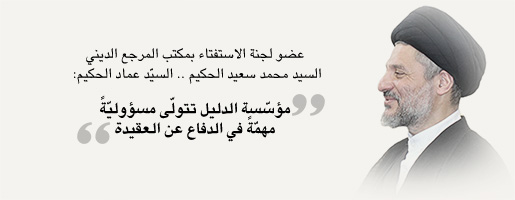


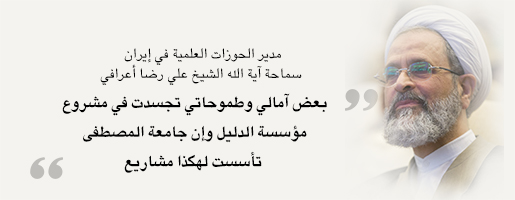
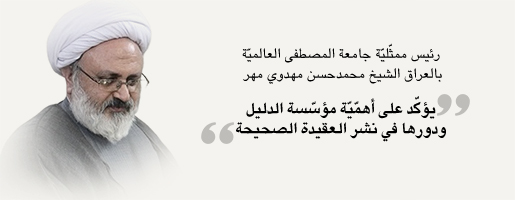


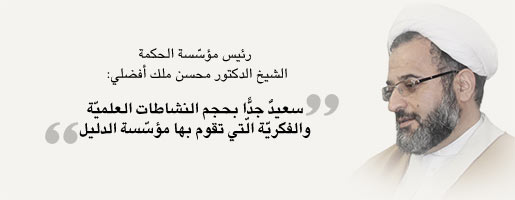
D. Mostafa Azizi
Abstract
The materialist interpretation of the soul dates back to ancient Greece, where this perspective first emerged and has continued in various forms to the present day. Aristotle referenced the views of materialist thinkers of his time in his writings, though he did not actively critique or evaluate them. In contrast, Ibn Sina classified these ancient materialist theories according to the concepts of perception, motion, perception–motion, and life, subjecting them to critical analysis based on rational and logical principles. On another front, physicalisms approach to the mind and mental states constitutes one of the contemporary responses in the philosophy of mind to the mind-body problem. It may rightly be called a form of modern materialism. This raises a central question: Can Ibn Sinas refutations of traditional materialism be employed as a response to physicalism or contemporary materialism? This article aims to elucidate Ibn Sinas critiques of traditional materialism using a rational-analytical methodology. It then highlights the distinctions between ancient and modern forms of materialism, and ultimately explores the applicability of Ibn Sinas critical framework in confronting contemporary physicalism. The article analyzes the potential relevance of Ibn Sinas critique across five key dimensions: 1. A critique of physicalism based on the distinction between mental and physical properties 2. A critique rooted in self-evident axioms 3. A critique via the phenomenon of qualia (subjective sensory qualities) 4. A critique based on the perception of universals 5. A critique concerning the principle of multiple realizability
